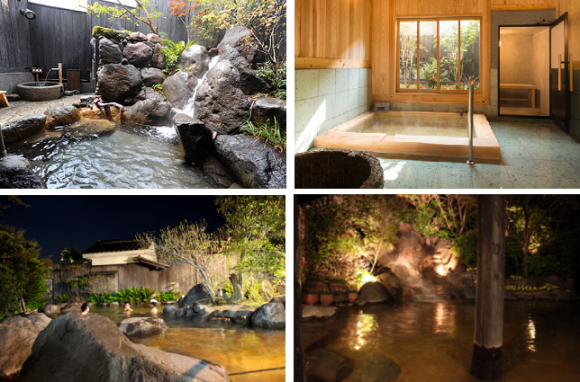
Even though the prefecture is home to barely a million residents, Oita has not one, but two famous hot spring resorts. Yufuin is generally held to be the more refined and tastefully restrained of the pair, while Beppu, despite having some of the most popular hot springs in Japan, gets saddled with the reputation as the more touristy town.
While there may be some truth to the labels, there’s one thing Beppu has that you won’t find in Yufuin, or anywhere else in the country for that matter: Japan’s only hot spring with three Michelin stars.
The high praise for Beppu’s Hyotan Onsen isn’t the result of a single evaluator getting swept up in the heat of the moment, either, as it’s been the recipient of Michelin stars for four consecutive years. Considering that Hyotan Onsen seems to be exactly what Michelin is looking for, we’re a little surprised it took them so long to notice the facility, since it’s been open since 1922.
Michelin hasn’t revealed the exact criteria by which it judges hot springs, but Hyotan Onsen’s lengthy list of attractions provide plenty of justification for its three stars. Admission is a reasonable 750 yen (US$7.35), or just 560 yen if you arrive after 6 p.m., and the expansive facility has eight male and eight female baths.
The baths have been kept in the same traditional style as they were 90 years ago, with tubs made of natural materials such as rock and Japanese cypress. The most dynamic is the Taki no Yu, or Waterfall Bath, with a series of 19 spouts of water cascading down from three meters (9’10”) above to warm and massage your shoulders, neck, and back.
It’s not just the number and variety of baths that draw visitors to Hyotan Onsen but the quality of the water itself. Taken directly from the spring, the water contains an extremely high content of metasilicic acid, which despite its somewhat frightening name is an excellent natural skin moisturizer.
There is one problem, though, which is that at the source the water is 100 degrees Celsius, which means it’s quite literally boiling. While you could cut it with cool water to bring the temperature down, doing so would also dilute its therapeutic mineral content. In order to keep its bathwater all-natural, Hyotan Onsen devised what it’s dubbed the Yumetake, coming from the kanji characters for “bath water,” “rain,” and “bamboo.”
The scalding water is poured over the bamboo framework, and as it flows down it cools in a matter of seconds to 47 degrees. This leaves it more than warm enough for a relaxing soak, but not so hot that it’ll start cooking anyone who sets foot in the tub.
An additional 330 yen gives you a chance to lounge in the sand bath, which is warmed by the hot spring flowing beneath the ground.
Hot spring water isn’t just for soaking in and heating up sand baths, though. It can also be used to cook by steaming various ingredients. Hyotan Onsen’s restaurant serves a number of set meals, and there’s also a casual outdoor terrace where you can enjoy Japanese-style comfort food such as curry and chicken tempura while still dressed in your cotton yukata robe.
If you’re craving dessert, there’s also onsen-cooked pudding, and Hyotan Onsen’s unique soft-serve ice cream called Yuraku Yura Soft, which contains gelatin made with the hot spring water.
There’s even a fountain from which you can drink the hot spring water itself, which is said to somehow alleviate both constipation and diarrhea.
▼ We’re no doctors, but really, we tend to think of the solutions to those two problems involving slides in opposite directions on the scale.
Aside from all this, Hyotan Onsen also has private family baths, both indoor and outdoor, which can be rented out by the hour. There’s also a free foot bath for those who want to experience the soothing waters while still keeping their clothes on.
If all this has you ready to pack your bags, the next thing you’ll need to do is find your way down to Oita Prefecture and Beppu Station, from where it’s a 25-minute bus ride to Hyotan Onsen. The facility is open from 9 a.m. until 1 o’clock the next morning, and with so many spots to relax, we don’t think we’d have any trouble using up all that time.
Related: Hyotan Onsen English website
Sources: Tabinesu, Hyotan Onsen
Top image: Hyotan Onsen
Insert images: Hyotan Onsen


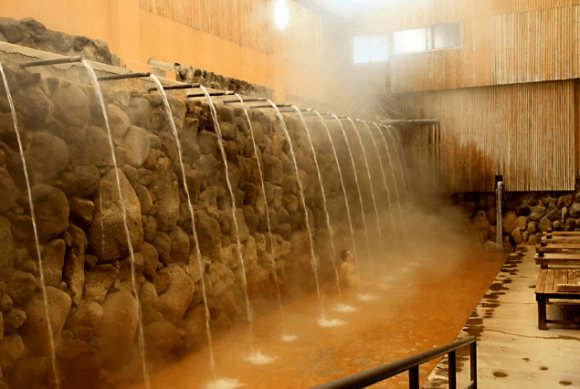
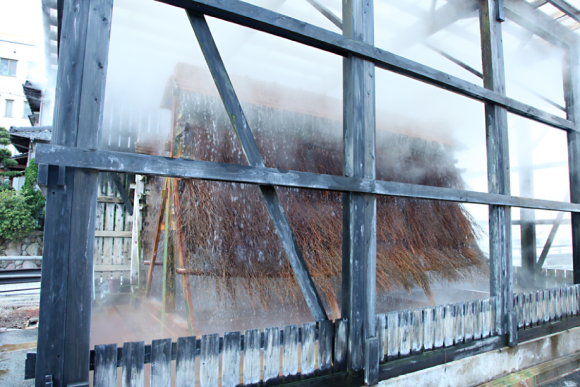

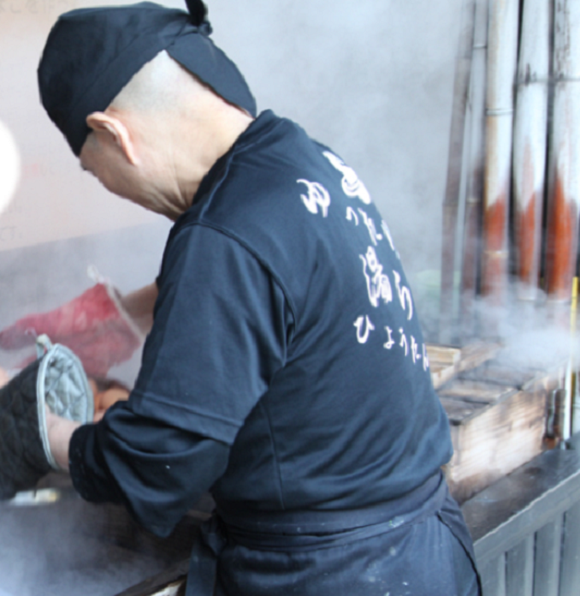
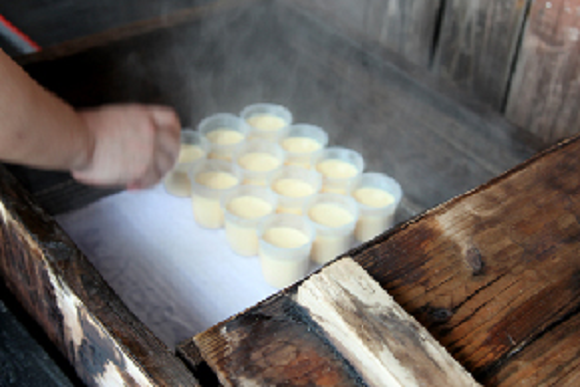
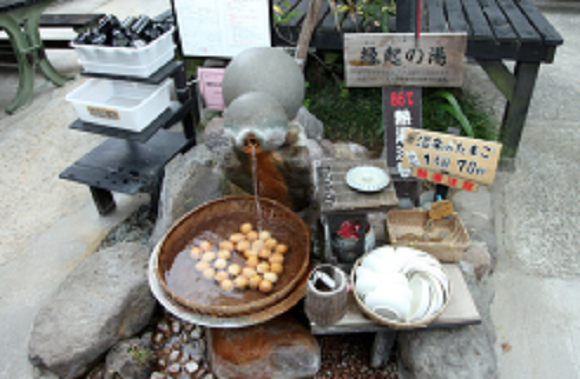
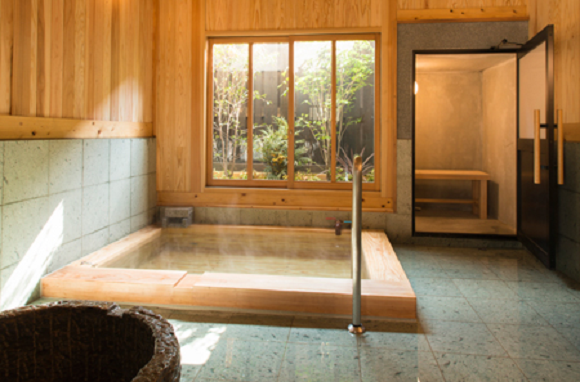

 Check out these cool ways to enjoy hot springs in Oita, including eating and breathing them
Check out these cool ways to enjoy hot springs in Oita, including eating and breathing them Free onsen! Kyushu resort shipping hot spring water to homes across Japan in thank-you program
Free onsen! Kyushu resort shipping hot spring water to homes across Japan in thank-you program 2020’s most popular hot springs in Japan, as ranked by Japanese travelers
2020’s most popular hot springs in Japan, as ranked by Japanese travelers Secret hot spring onsen in Japan is a hidden gem waiting to be discovered by tourists
Secret hot spring onsen in Japan is a hidden gem waiting to be discovered by tourists Is the fountain of youth located in Japan? New study supports beauty claims of famous Japanese hot spring
Is the fountain of youth located in Japan? New study supports beauty claims of famous Japanese hot spring Rakuten randomly offers 58 New Year’s osechi feasts in Japan, but did we get a star or a dud?
Rakuten randomly offers 58 New Year’s osechi feasts in Japan, but did we get a star or a dud? Japanese beef bowl chain Sukiya’s 2026 Smile Box lucky bag basically pays for itself
Japanese beef bowl chain Sukiya’s 2026 Smile Box lucky bag basically pays for itself Starbucks Japan ready to get Year of the Horse started with adorable drinkware and plushies【Pics】
Starbucks Japan ready to get Year of the Horse started with adorable drinkware and plushies【Pics】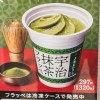 Japanese convenience store teams up with centuries-old matcha shop for a very modern tea ceremony
Japanese convenience store teams up with centuries-old matcha shop for a very modern tea ceremony 7-Eleven Japan has a hack for creating insanely delicious potato chip rice meals
7-Eleven Japan has a hack for creating insanely delicious potato chip rice meals Disney young adult novels get new beautiful shojo anime-style covers for Japan
Disney young adult novels get new beautiful shojo anime-style covers for Japan Stamina-destroying “Paralysis Noodles” are Tokyo’s newest over-the-top ramen innovation
Stamina-destroying “Paralysis Noodles” are Tokyo’s newest over-the-top ramen innovation Four Shinto shrines to pray for love at in Japan to start the New Year
Four Shinto shrines to pray for love at in Japan to start the New Year New Jimmy Choo x Sailor Moon collaboration brings anime magic to bags, shoes and accessories
New Jimmy Choo x Sailor Moon collaboration brings anime magic to bags, shoes and accessories 10 great autumn Japan travel spots for fall colors and retro atmosphere【Survey】
10 great autumn Japan travel spots for fall colors and retro atmosphere【Survey】 Hayao Miyazaki says Happy New Year to Studio Ghibli fans with new art for Year of the Horse
Hayao Miyazaki says Happy New Year to Studio Ghibli fans with new art for Year of the Horse We found possibly the quietest Japanese-style hotel in Tokyo’s bustling Shinjuku district
We found possibly the quietest Japanese-style hotel in Tokyo’s bustling Shinjuku district Cup Noodle tries an authentic Jiro-style ramen, but something’s not quite right
Cup Noodle tries an authentic Jiro-style ramen, but something’s not quite right The best Starbucks Japan Frappuccinos we want to drink again in 2026
The best Starbucks Japan Frappuccinos we want to drink again in 2026 We revisited Sweets Paradise after a decade to see if Japan’s dessert buffet still delivers
We revisited Sweets Paradise after a decade to see if Japan’s dessert buffet still delivers That time Seiji called JASRAC to ask why he didn’t get paid royalties for his song being on TV
That time Seiji called JASRAC to ask why he didn’t get paid royalties for his song being on TV Japan’s oldest largetooth sawfish in captivity back on display in Mie Prefecture
Japan’s oldest largetooth sawfish in captivity back on display in Mie Prefecture Pizza Hut Japan’s hot lucky bags are perfect for a New Year’s pizza party
Pizza Hut Japan’s hot lucky bags are perfect for a New Year’s pizza party 7-Eleven Japan starts new temporary luggage storage service in over 300 branches
7-Eleven Japan starts new temporary luggage storage service in over 300 branches Disillusionment at Tsukiji’s tourist-target prices led us to a great ramen restaurant in Tokyo
Disillusionment at Tsukiji’s tourist-target prices led us to a great ramen restaurant in Tokyo Starbucks teams up with 166-year-old Kyoto doll maker for Year of the Horse decorations【Photos】
Starbucks teams up with 166-year-old Kyoto doll maker for Year of the Horse decorations【Photos】 Tokyo considering law requiring more trash cans following litter increase in heavily touristed area
Tokyo considering law requiring more trash cans following litter increase in heavily touristed area Tokyo’s Tsukiji sushi neighborhood asks tour groups to stay away for the rest of the month
Tokyo’s Tsukiji sushi neighborhood asks tour groups to stay away for the rest of the month Tokyo event lets you travel back in time, for free, to celebrate 100 years since Showa era start
Tokyo event lets you travel back in time, for free, to celebrate 100 years since Showa era start Japan may add Japanese language proficiency, lifestyle classes to permanent foreign resident requirements
Japan may add Japanese language proficiency, lifestyle classes to permanent foreign resident requirements Sanrio theme park in Japan announces plans to expand into a Sanrio resort
Sanrio theme park in Japan announces plans to expand into a Sanrio resort Survey asks foreign tourists what bothered them in Japan, more than half gave same answer
Survey asks foreign tourists what bothered them in Japan, more than half gave same answer Japan’s human washing machines will go on sale to general public, demos to be held in Tokyo
Japan’s human washing machines will go on sale to general public, demos to be held in Tokyo Japan’s deadliest food claims more victims, but why do people keep eating it for New Year’s?
Japan’s deadliest food claims more victims, but why do people keep eating it for New Year’s? We deeply regret going into this tunnel on our walk in the mountains of Japan
We deeply regret going into this tunnel on our walk in the mountains of Japan Studio Ghibli releases Kodama forest spirits from Princess Mononoke to light up your home
Studio Ghibli releases Kodama forest spirits from Princess Mononoke to light up your home Major Japanese hotel chain says reservations via overseas booking sites may not be valid
Major Japanese hotel chain says reservations via overseas booking sites may not be valid Put sesame oil in your coffee? Japanese maker says it’s the best way to start your day【Taste test】
Put sesame oil in your coffee? Japanese maker says it’s the best way to start your day【Taste test】 No more using real katana for tourism activities, Japan’s National Police Agency says
No more using real katana for tourism activities, Japan’s National Police Agency says Starbucks Japan reveals new sakura drinkware collection, inspired by evening cherry blossoms
Starbucks Japan reveals new sakura drinkware collection, inspired by evening cherry blossoms Updated cherry blossom forecast shows extra-long sakura season for Japan this year
Updated cherry blossom forecast shows extra-long sakura season for Japan this year Japan’s top five retro hot springs for a time trip back to the onsen past, as chosen by travelers
Japan’s top five retro hot springs for a time trip back to the onsen past, as chosen by travelers Eight unforgettable hot springs, as recommended by Japan’s “Professor Bath”
Eight unforgettable hot springs, as recommended by Japan’s “Professor Bath” Onsen trivia! Finding the hottest, highest, and healthiest hot springs in Japan
Onsen trivia! Finding the hottest, highest, and healthiest hot springs in Japan The 10 best Japanese hot spring resorts locals want to go back to again and again
The 10 best Japanese hot spring resorts locals want to go back to again and again 2018 Top 20 Day Trip Onsen Hot Spring and Spa Ranking in Japan
2018 Top 20 Day Trip Onsen Hot Spring and Spa Ranking in Japanで源泉かけ流し.jpg?w=95&h=70&crop=1) Massive hot spring theme park coming to Osaka Bay Hotel, a dream come true for onsen lovers
Massive hot spring theme park coming to Osaka Bay Hotel, a dream come true for onsen lovers Japan’s hot spring amusement park announces first rides, and onsen merry-go-round makes the cut!
Japan’s hot spring amusement park announces first rides, and onsen merry-go-round makes the cut! Oita lures travelers with wonderful montage of synchronized hot spring bathing 【Video】
Oita lures travelers with wonderful montage of synchronized hot spring bathing 【Video】 Japan’s hot spring amusement park opens, and we check out its onsen attractions!
Japan’s hot spring amusement park opens, and we check out its onsen attractions! Famous hot springs of Beppu now offering portable inflatable onsen with authentic Beppu water
Famous hot springs of Beppu now offering portable inflatable onsen with authentic Beppu water Love Japanese hot springs? At Nakadake Onsen in Hokkaido, you can dig your own!
Love Japanese hot springs? At Nakadake Onsen in Hokkaido, you can dig your own! Japan’s most famous hot spring resort runs ad telling us to go to…a different hot spring resort
Japan’s most famous hot spring resort runs ad telling us to go to…a different hot spring resort Japan’s top 10 open-air hot spring baths with cherry blossom views【Survey】
Japan’s top 10 open-air hot spring baths with cherry blossom views【Survey】 Onsen in Japan uses the same mysterious hot spring bathing system from Ghibli film Spirited Away
Onsen in Japan uses the same mysterious hot spring bathing system from Ghibli film Spirited Away This gorgeous hot spring is actually part of one of Japan’s most convenient airports【Photos】
This gorgeous hot spring is actually part of one of Japan’s most convenient airports【Photos】 Hot springs website reveals the most popular user-picked onsen in all of northern Japan
Hot springs website reveals the most popular user-picked onsen in all of northern Japan
Leave a Reply